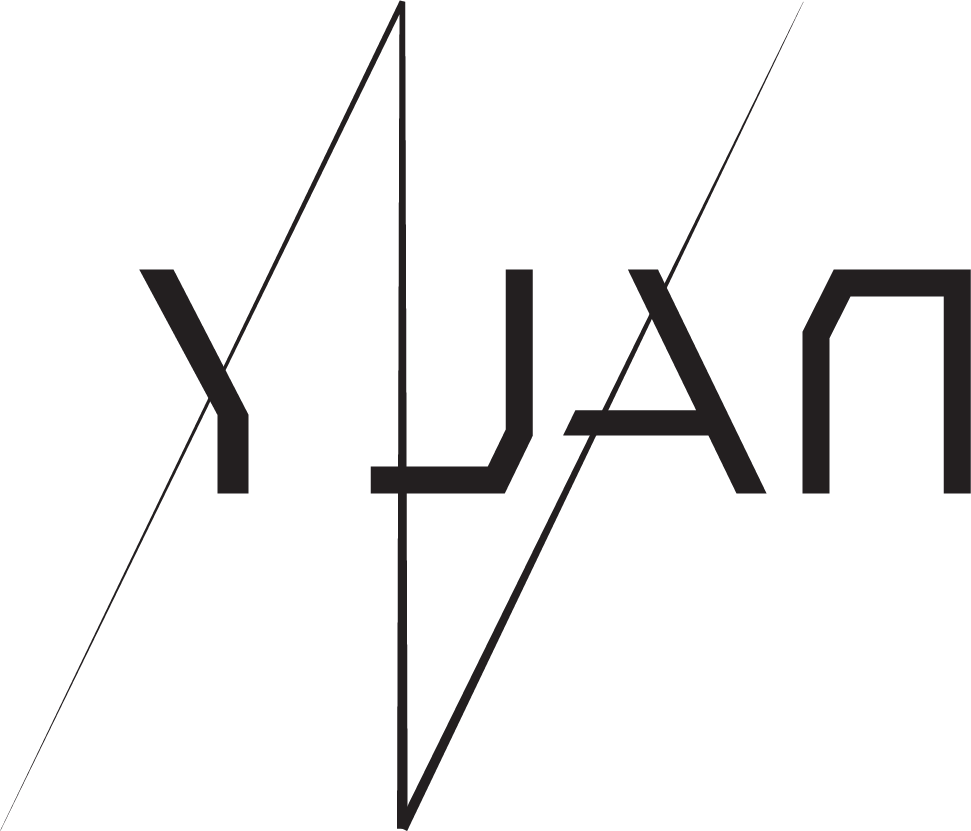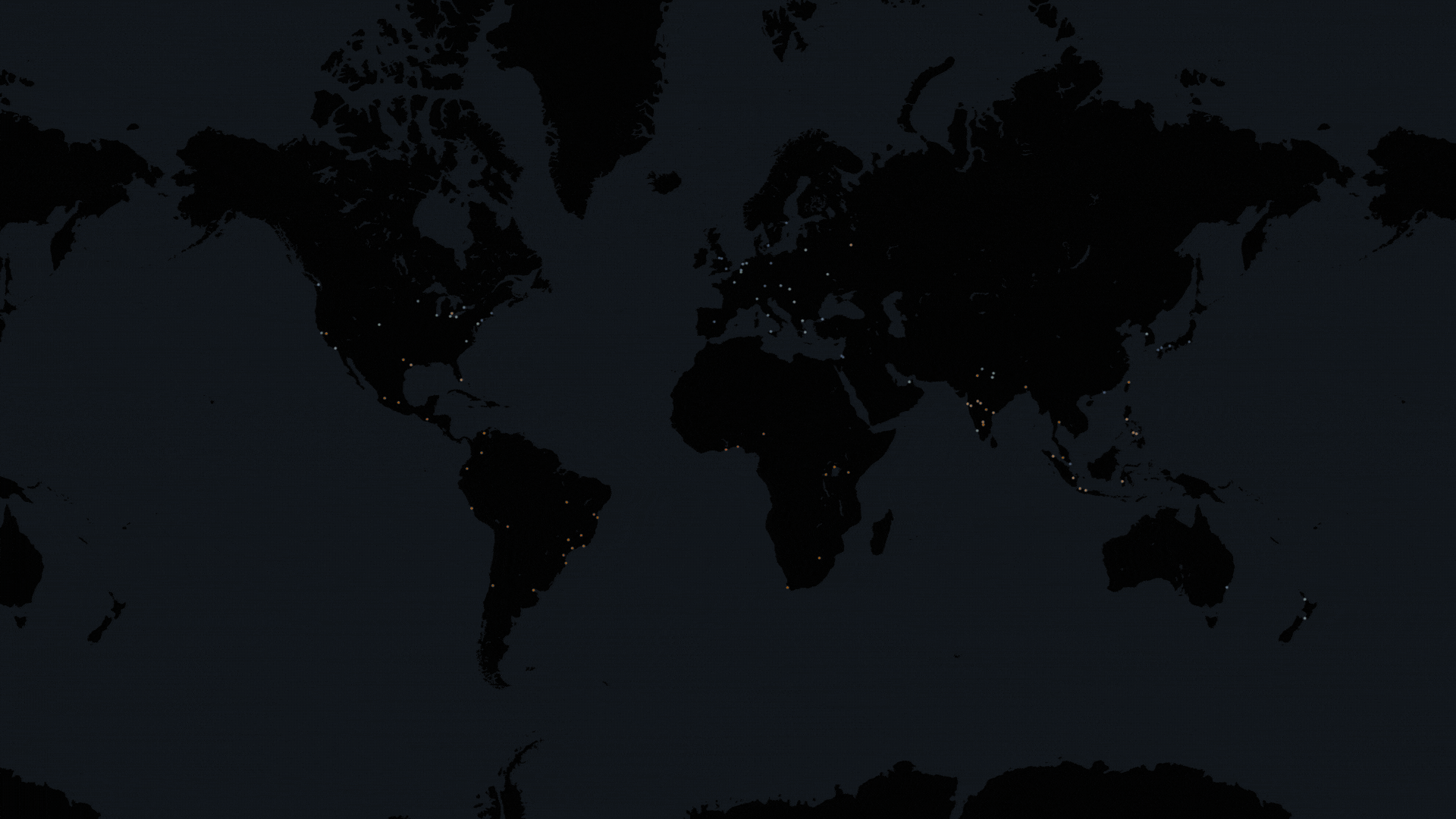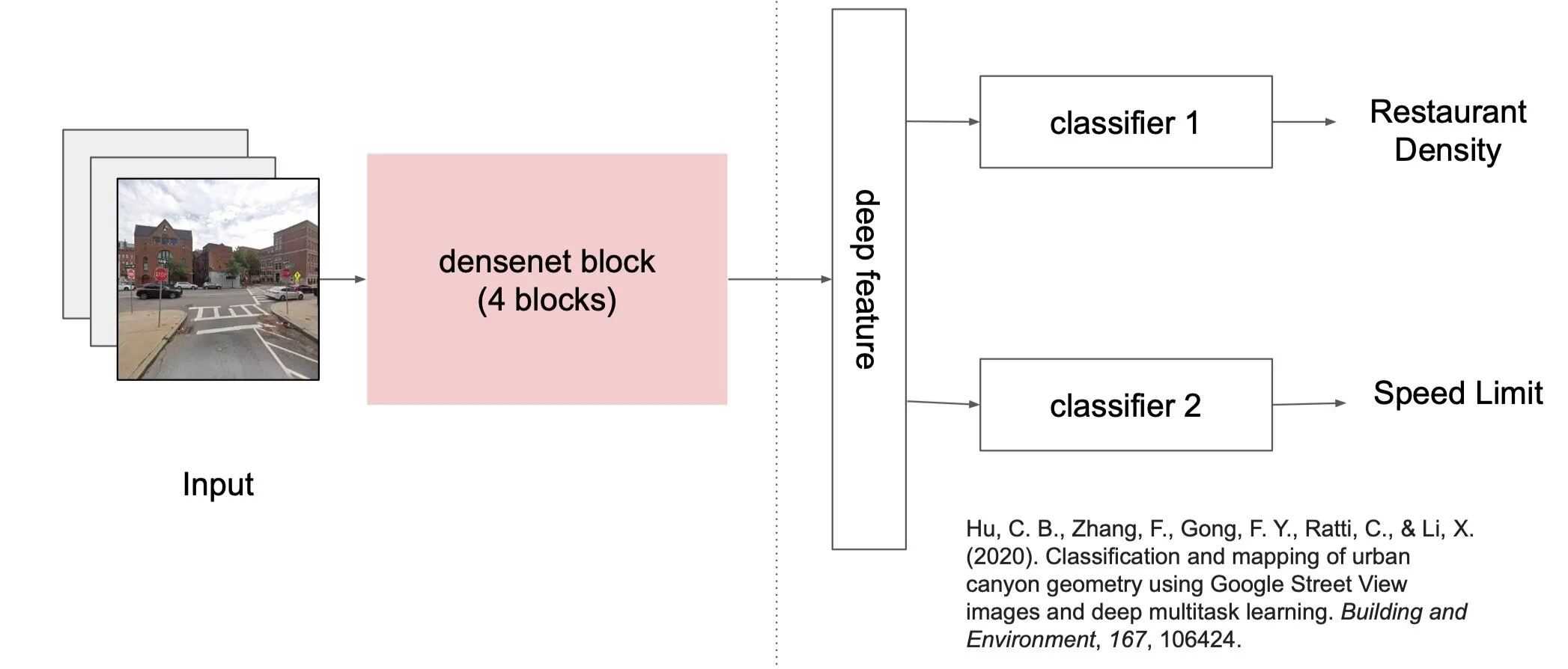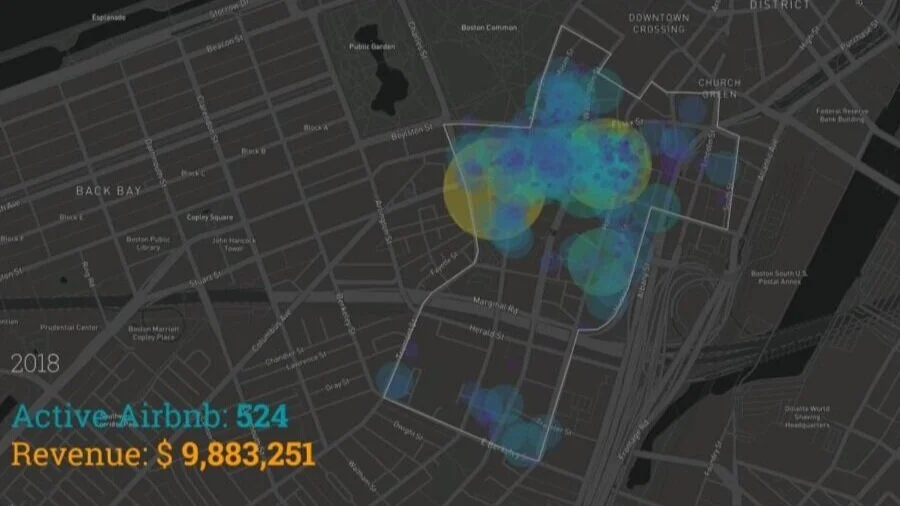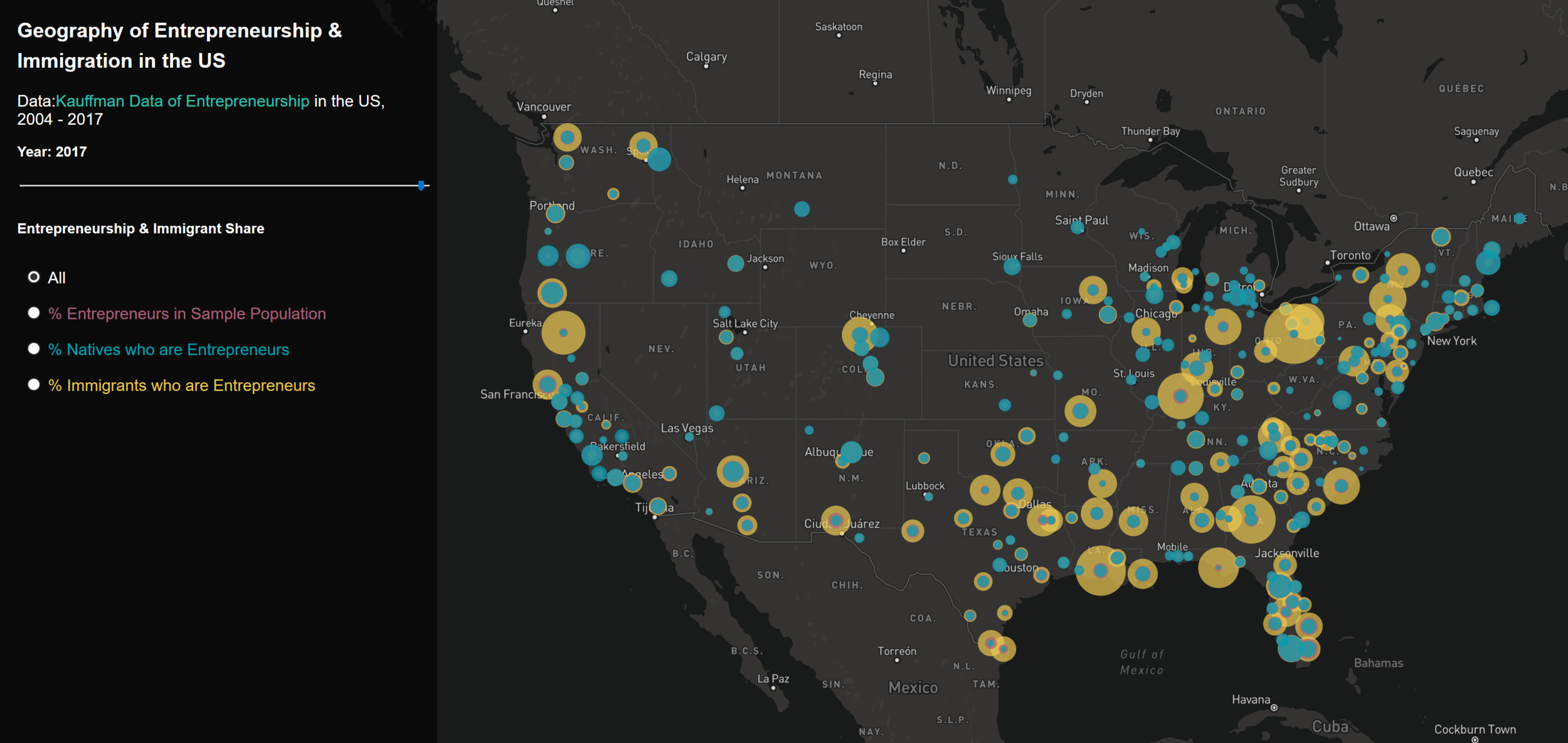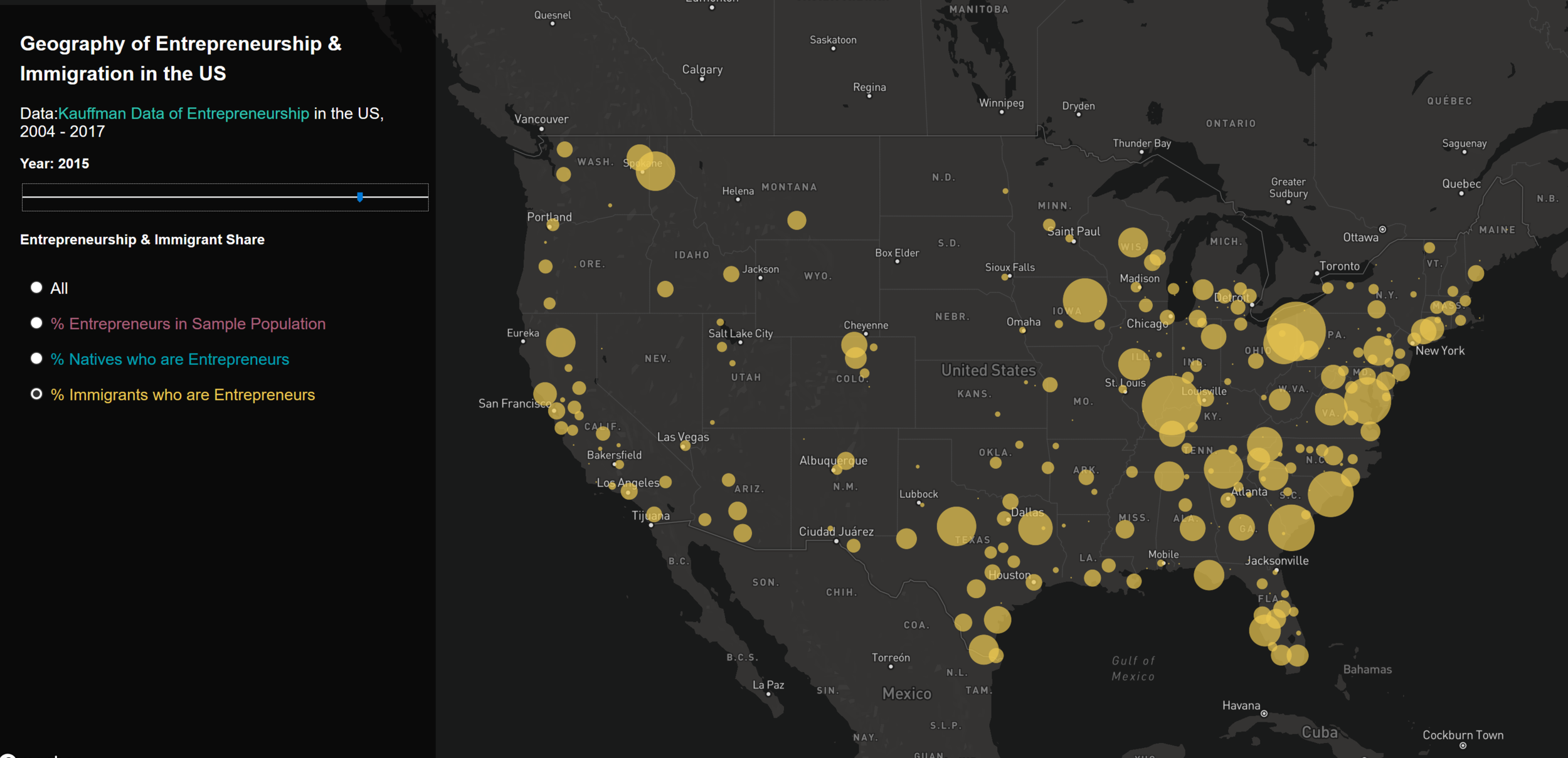
5
Urban Visual Clusters & Road Transport Fatalities - A Global City-level Image Analysis
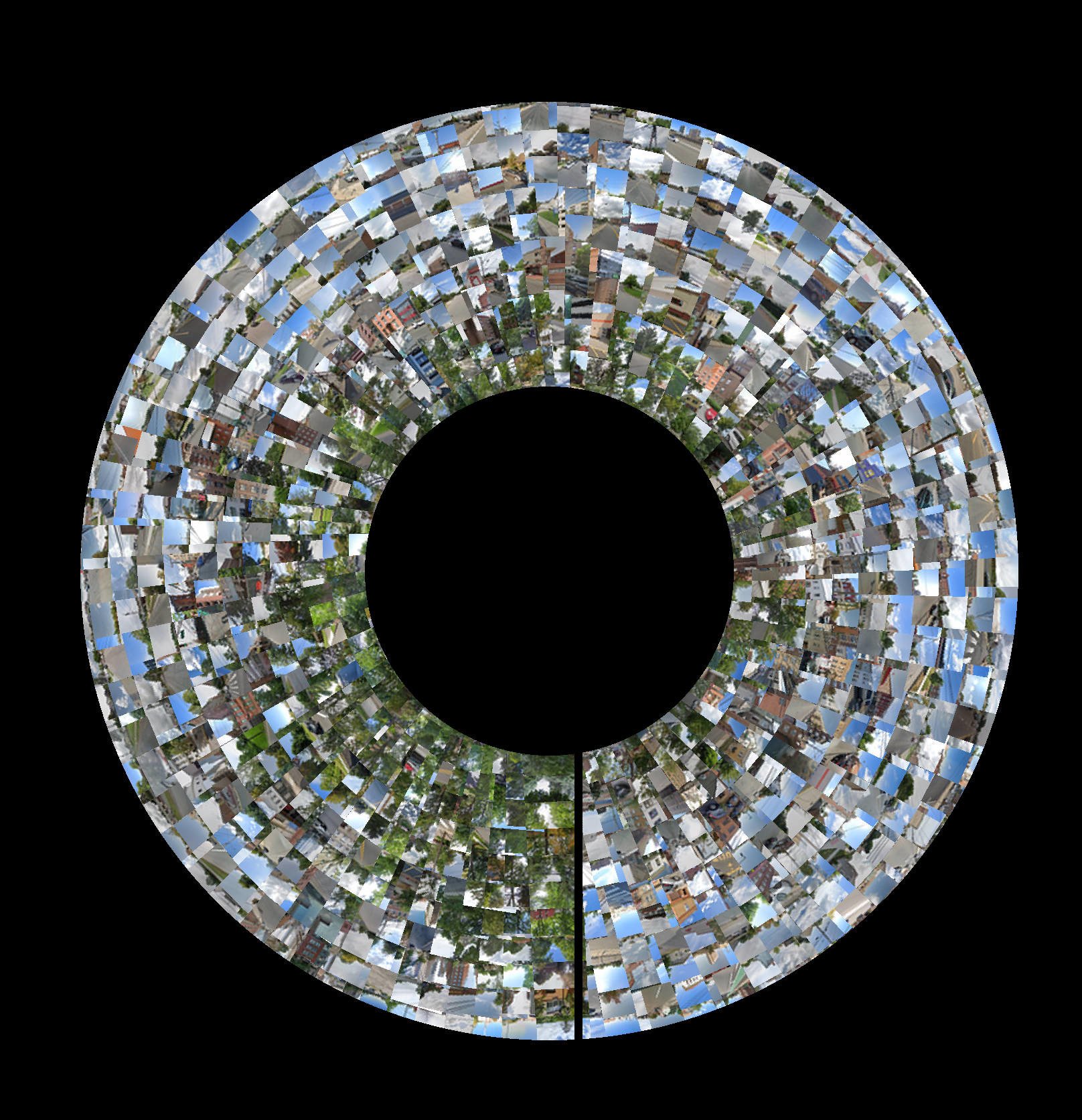
3
Urban Visual Intelligence

3
Great Streets

1
Food Battle

2
Jaywalking

5
Rhythm of Transit Stations

2
O2O

2
Desirable streets

4
Perception Bias

2
Covid-19 and Cities

2
Fiber to The Home

4
Tasty City
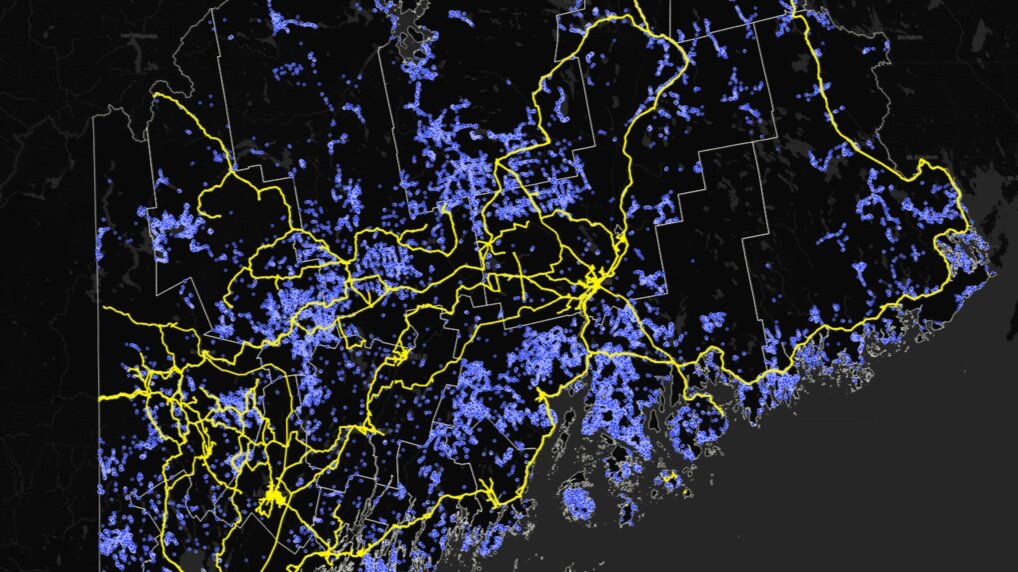
4
Light Maine

5
Rentify Chinatown

4
Immigration Led Innovation

4
The Chosen Sites

2
Illuminated Wind
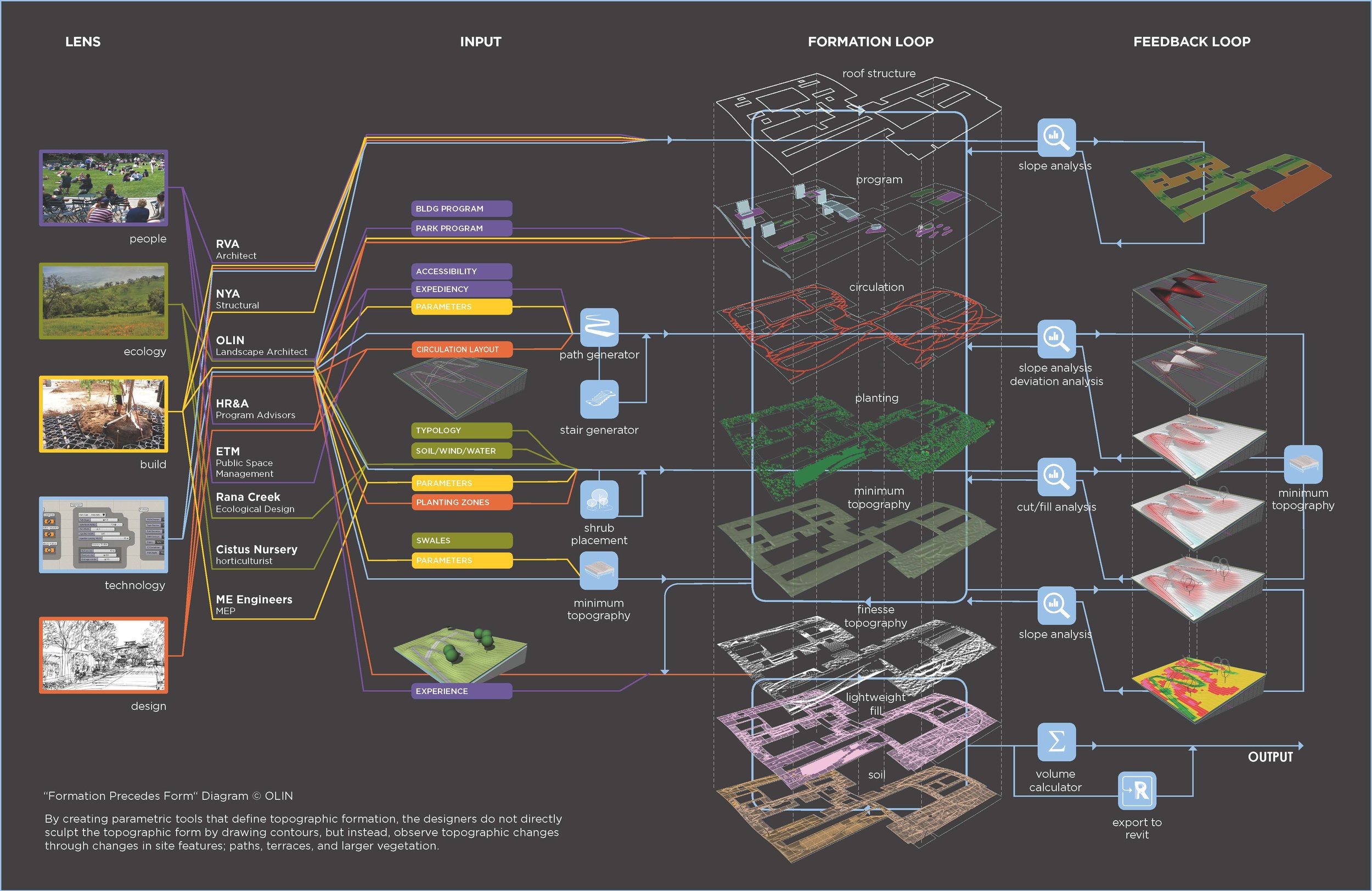
8
The Hills at Vallco

3
Path or Stream?
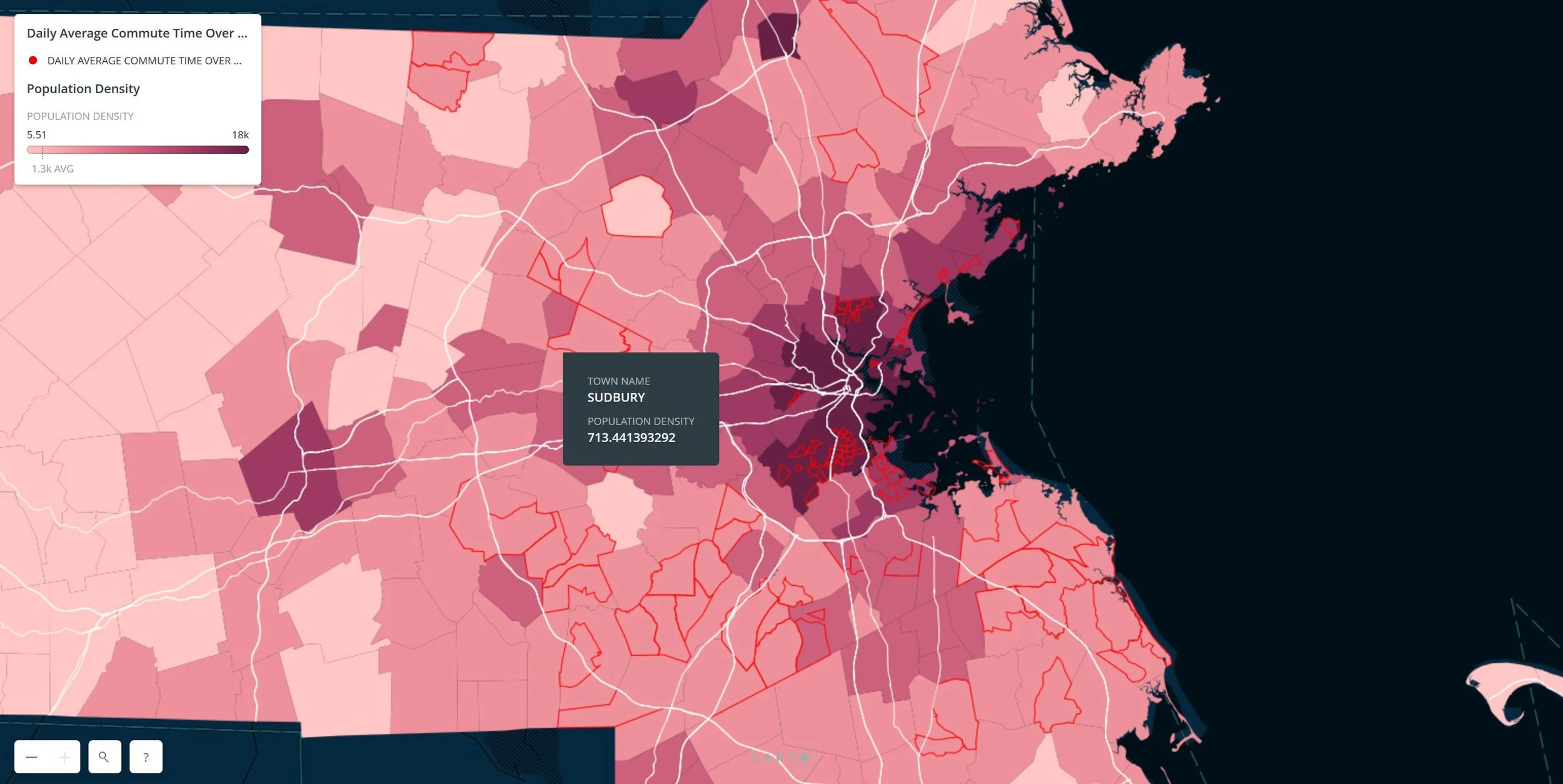
2
Commute @ Boston

3
Splice @ Maple, India

7
Pedaling Plant

7
Ecologic Multiple Park

8
Palimpsest - Bandirma Park Master Plan
